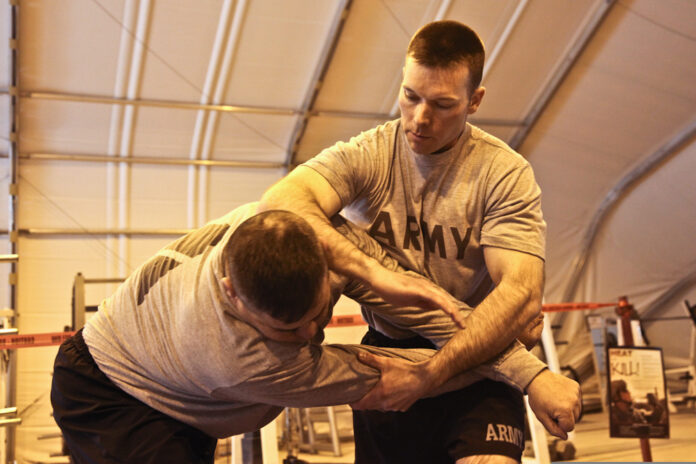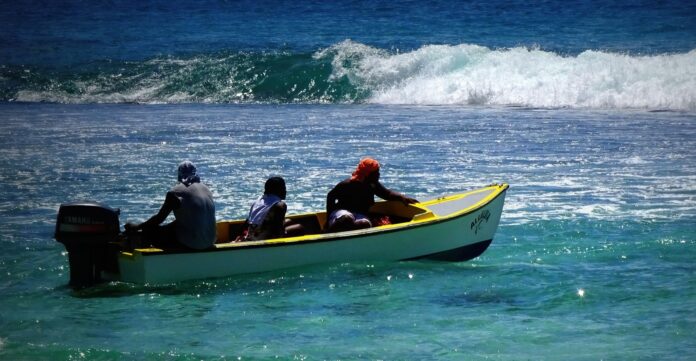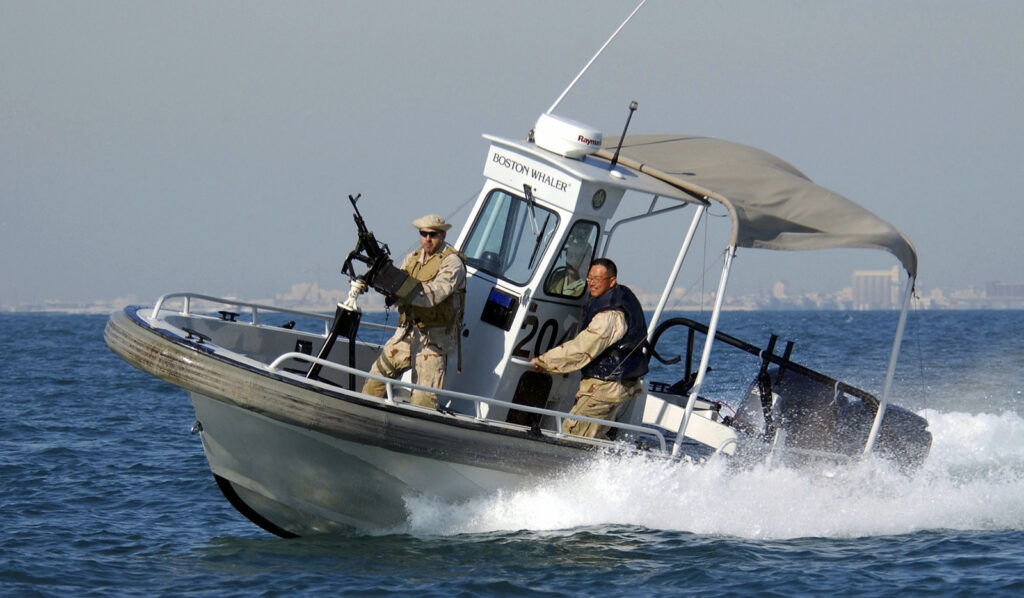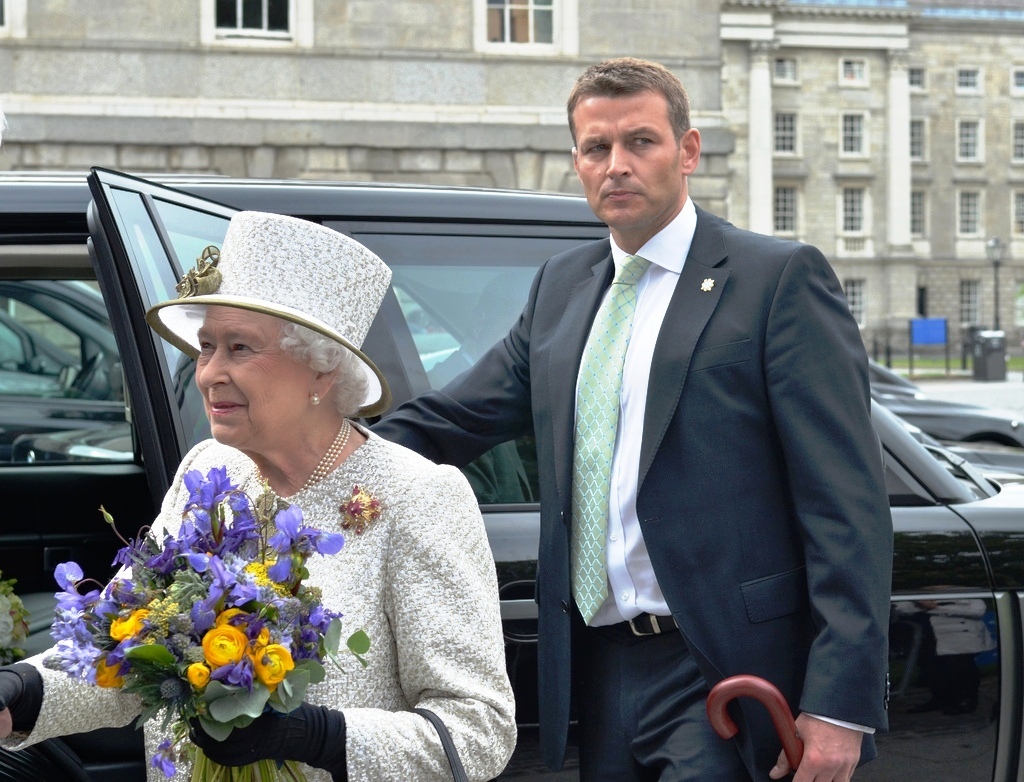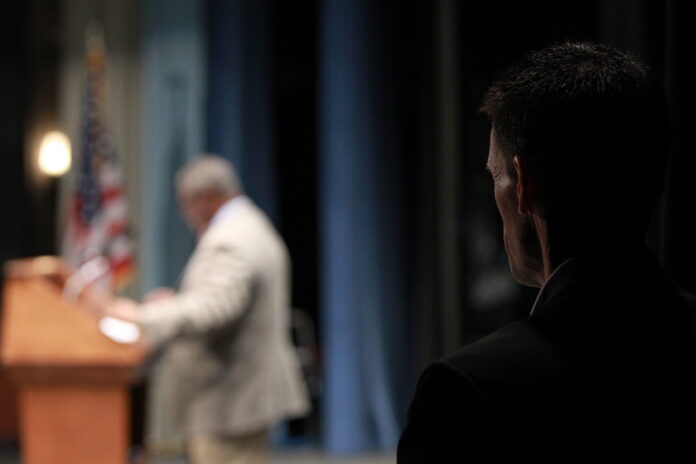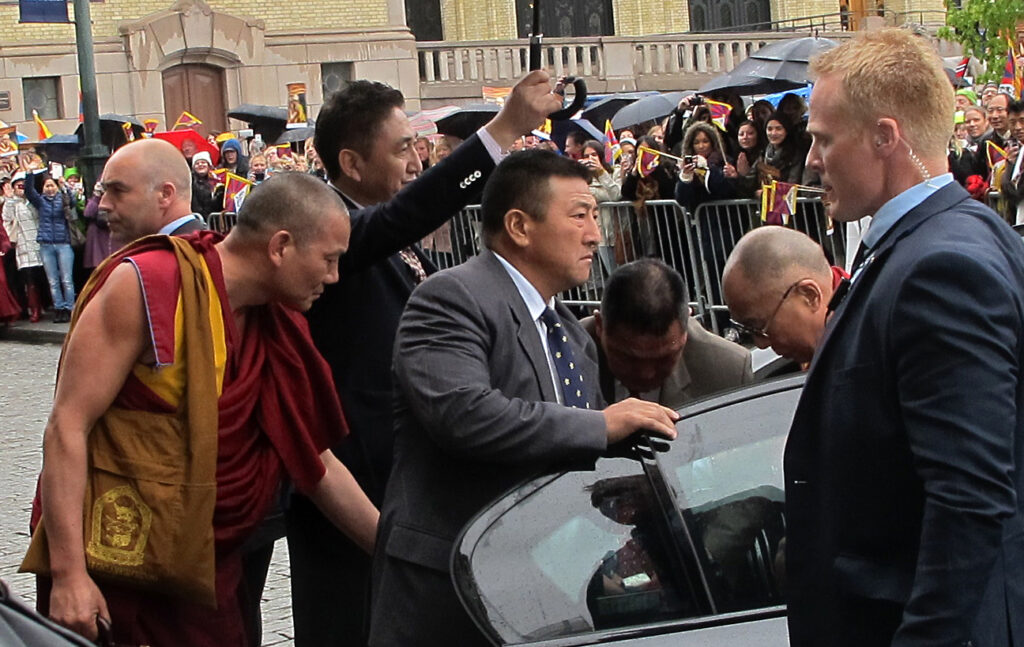Executive protection is an awesome profession. And if you want to have a chance of making it in this business, you will need training and specialized knowledge of a number of skills – from surveillance, first aid, defensive driving to many others. Hand to hand combat training is traditionally considered one of the most basic and essential cards up an EP agents sleeve.
And yet, even though most people devote themselves to improving their skills when it comes to driving, surveillance or first aid, a lot of professionals are sadly lacking when it comes to hand to hand combat.
Sometimes, unarmed training is considered less of a priority and often the last resort for agents – who subscribe to the opinion that the goal of EP is the prevention of such situations where their hand to hand combat would be necessary.
But the sad reality is that conflicts are not always avoided and situations arise where an EP agent needs to ensure their clients safety by rougher means. The ability to protect your client and yourself is vital in cases when environment suddenly becomes hostile or a physical altercation is about happen.
On Avoidance
Considering what we said above, try and imagine the following scenario: you and your client are in a dangerous situation where an attack is imminent.
Either you or the client in your protection will be attacked. There are three immediate objectives in this situation:
- Distance the attacker from your client;
- Neutralize the threat; and,
- Ensure the safety of your client.
In this situation, in one sense, you already failed by leading into a danger zone that should have been avoided. On the other hand, utilizing your hand to hand combat training and applying the techniques you studied could bring indirect harm to your client.
Namely, if a civilian is unduly harmed in the process this can result in a lawsuit against the company that you work for or the client that engaged your services. Broadly speaking, avoidance can sometimes be considered the best policy. It allows you to go in another direction, take a different route, chose another venue.
Hand to Hand Combat Training Benefits
Now, we need to introduce a certain distinction to make sense of our example above. We need to distinguish between two types of actions:
- Preventative actions
- Reactive actions.
It’s quite obvious that a preventative action in our example would include us avoiding the original danger zone in which we found ourselves. Reactive actions are different thing entirely. They are concerned with us dealing with a threat that is too late to prevent.
This is where your hand-to-hand combat skills and martial arts training come into play.
Imagine dealing with well-organized threats – coming from another security entity perhaps. How well versed you are in hand to hand combat can mean the difference between success and failure. The skills you honed during your martial arts training can provide you with the means to protect your client.
Also, apart from direct, situation-related benefits, martial arts and hand to hand combat training offers numerous secondary benefits to executive protection agents. Regular practice will increase your overall fitness levels. It will aslso help you remain calm in stressful situations, as well as further your physical and mental well-being.
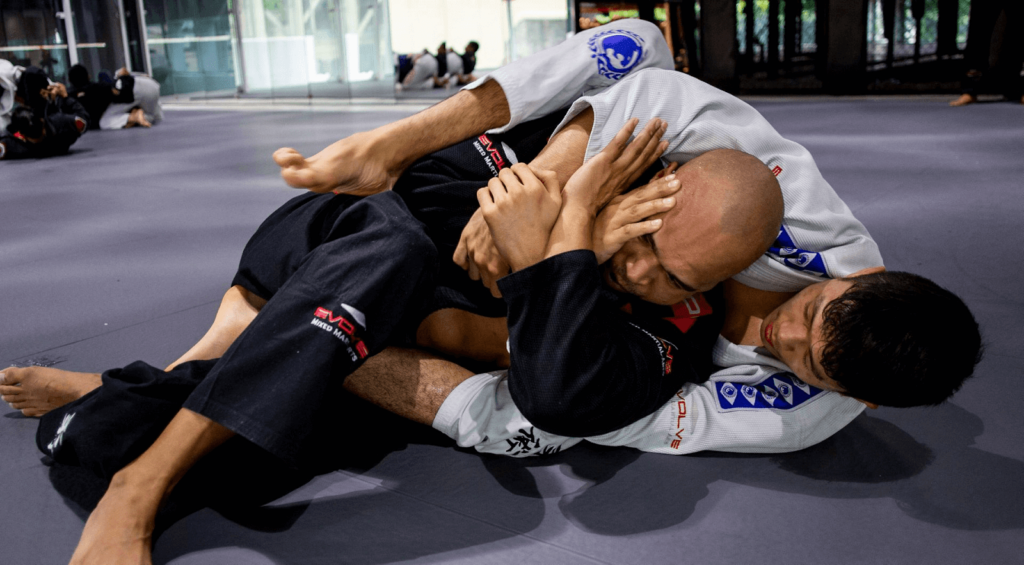
Martial Arts to Consider
A huge number of established professionals suggest Krav Maga. This martial art provides an excellent foundation – and a good way to avoid looking up at your aggressor from the ground, while he has you locked and pined down.
There is a reason why Krav Maga is taught to soldiers and civilians: it works and works well. It is deadly and efficient.
Krav Maga is an amazing system of defense, but you have to train and learn how to scale back your violence level. It also has certain practical limitations. Namely, you don’t always get to use your elbows and palm.
According to statistics, the vast majority of hand to hand fights ends up on the ground. So, as a future executive protection agent, you should definitely make sure that the training you consider includes ground fighting.
With that in mind, perhaps you should consider studying Brazilian Jiu-Jitsu. BJJ has become easily accessible and very popular over the last years. It will help you think, defend against people trying to take you to the ground. Or if you’re on the ground, how to gain the upper hand.
Brazilian Jiu-Jitsu is a martial art specializing in fighting on the ground and has greatly evolved since its inception. Its applicability has been tested to the extremes and it’s considered the most comprehensive ground fighting system in the world.
BJJ teaches you how to avoid the opponent’s kicks and punches. It also teaches you to utilize joint-locks and chokeholds, and to take him to the ground and defeat them. Strength and size differences can be made up for with the proper application of techniques.
Conclusion
One of the most crucial things that a perspective executive protection agents needs to have in mind while considering the right hand to hand combat training is that reality is almost always very different from the controlled environments in which we practice.
Training is simply not an accurate description of real situations. We know what to expect and we are not in danger. In the real world, you will not be so lucky. You will often have no idea what to expect in an attack, especially if your opponent is armed.
That being said, a solid understanding of human anatomy, manipulation of the human body and knowledge of nerve/pressure points will definitely be of great use in practical situations. Sure, your primary goal is to avoid harm of attacks to client. So it will not come down to hand to hand combat very often.
But, when a conflict cannot be avoided and an executive protection agent’s duty is to resolve the situation in the fastest way possible, hand to hand combat skills are the difference between failure and success in protecting your client.


